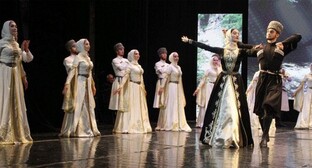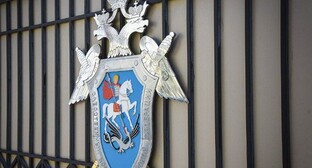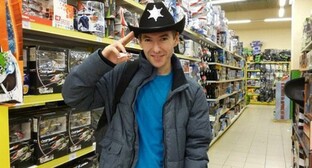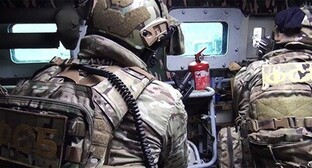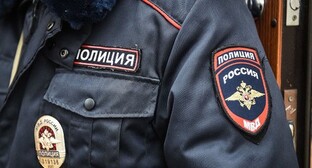03 June 2003, 01:37
Chechens
They call themselves nokhchi. Nation in the North Caucasus, mainly in Chechnya, Ingushetia and in the Khasavjurt district of Dagestan. Their total population in Russia in 1989 was 899 thousand people, 5 thousand people live in Jordan, the Chechen diaspora in Arab Emirates is about a thousand people (mainly in Sharj). They belong to the Caucasus version of the Balkan-Caucasus race of the big European race. They speak Chechen language of the Nakh-Dagestan group of the North Caucasus family. The language has several dialects. Written language appeared after the October revolution, since 1938 it is based on Russian alphabet. Russian language is also common. Religious Chechens are Moslems-sunnites.
Chechens and related Ingushes ( common name for themselves - Vainakhs) are the native population of the North Caucasus. They are mentioned in Armenian sources of the 7th century under the name nakhchamat-yan. According to the place of living they were divided into Big and Small Chechnya. In 1859 Chechnya joined Russia. In 1922 there was formed the Chechen Autonomous District within the Russian Soviet Federative Socialist Republic, in 1934 it was united with the Ingush Autonomous District into the Chechen-Ingush Autonomous District, since 1936 it?s the Autonomous Soviet Socialist Republic, in 1944 the Chechen-Ingush Autonomous Soviet Socialist Republic was abolished and the Chechens were moved to Siberia and North Kazakhstan against the law. After 1957 Chechens were allowed to return, many returned to their motherland. In 1991 the Chechen-Ingush Republic divided into two administrative-territorial formations - Chechen Republic and Ingush Republic.
According to the census of 1989 there are about 50 thousand Chechens left in Kazakhstan. According to the census made in Kazakhstan in the beginning of 1999 there are 32 thousand Chechens.
Traditional occupations in the valley - agriculture (corn, wheat, barley, millet), cattle-breeding; in the mountains - distant-pasture cattle-breeding and terrace agriculture. Developed home-trades: making burkas, leather items, pottery, armory and jewelry, processing wood and stone, mining.
Traditional settlements in the mountains were big, spread along the rivers and roads (the houses were mainly adobe and turluk, with a two-slope earthen roof). The mountain villages consisted of two-floor stone houses (lower floor - room for the cattle), saklyas, many villages had living and military towers 3-5 floors high. Modern houses are mainly square in plan, sometimes they have traditional planning - the rooms are located in one line with separate exits to the corridor that stretches along the building.
National male costume: cherkeska, beshmet, trousers, on bad weather - burka and bashlik. Leather footwear. Head gear - papakha, round hat, in summer - felt hat, scull cap. Women wore long shirts of red, yellow, green and blue color, trousers, in winter - beshmet. Headgear - woolen and silk kerchiefs, footwear - chuviaki, high boots, shoes. National costume and its elements retain mainly in the clothes of the older people. Traditional food - dishes made of wheat and corn flour: galushki, different soups and porridges; bread was baked in the shape of unleavened flat round cakes. Meat was mainly eaten in winter, dairy products - in summer time. Common milk dishes - cottage cheese with sour cream and cottage cheese with melted butter.
System of cognation is of Arab type.
There are different forms of folklore - stories, legends, fairy-tales, songs; of importance are the Nart-Orstkhoi and Illi epic stories. The art of music and dace has ancient traditions. The most common musical instruments: chondirk (a kind of two-string violin), dechigpondar (kind of mountaineers? balalaika), zurna, tambourine, drum.
